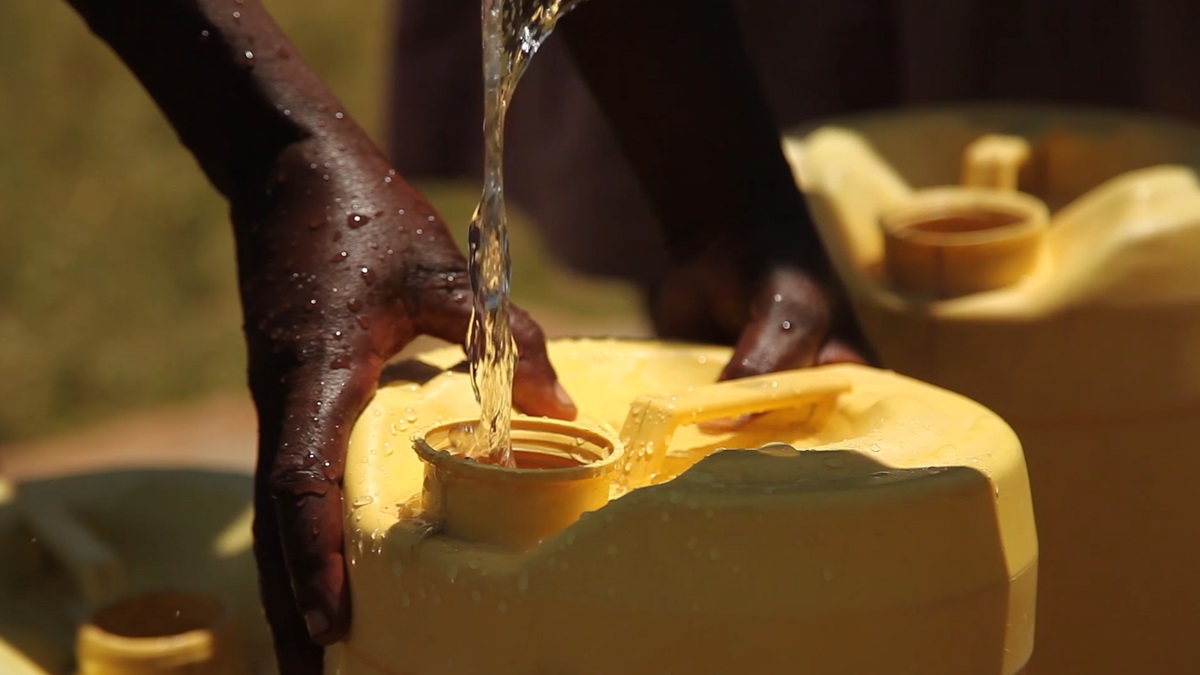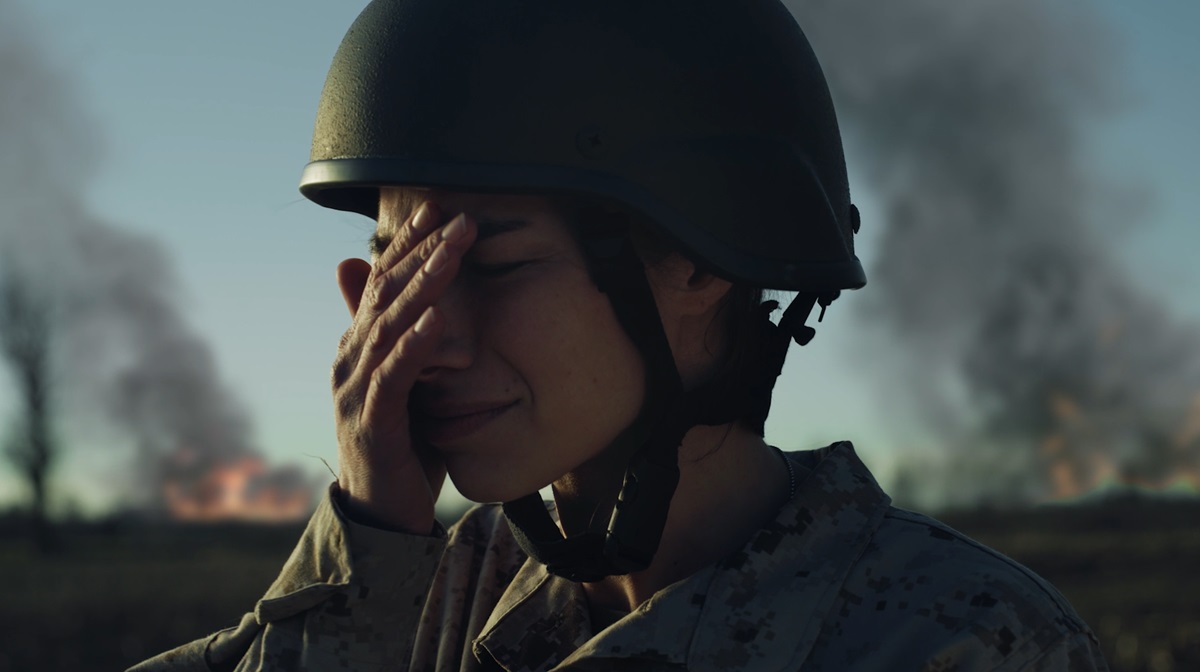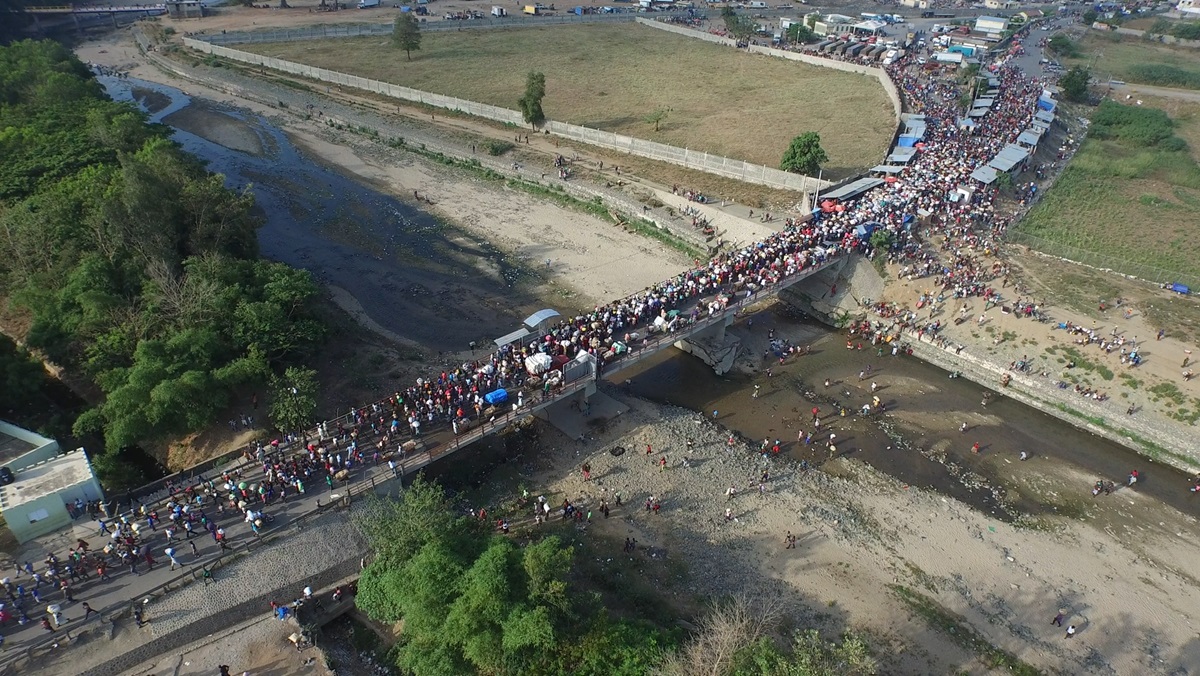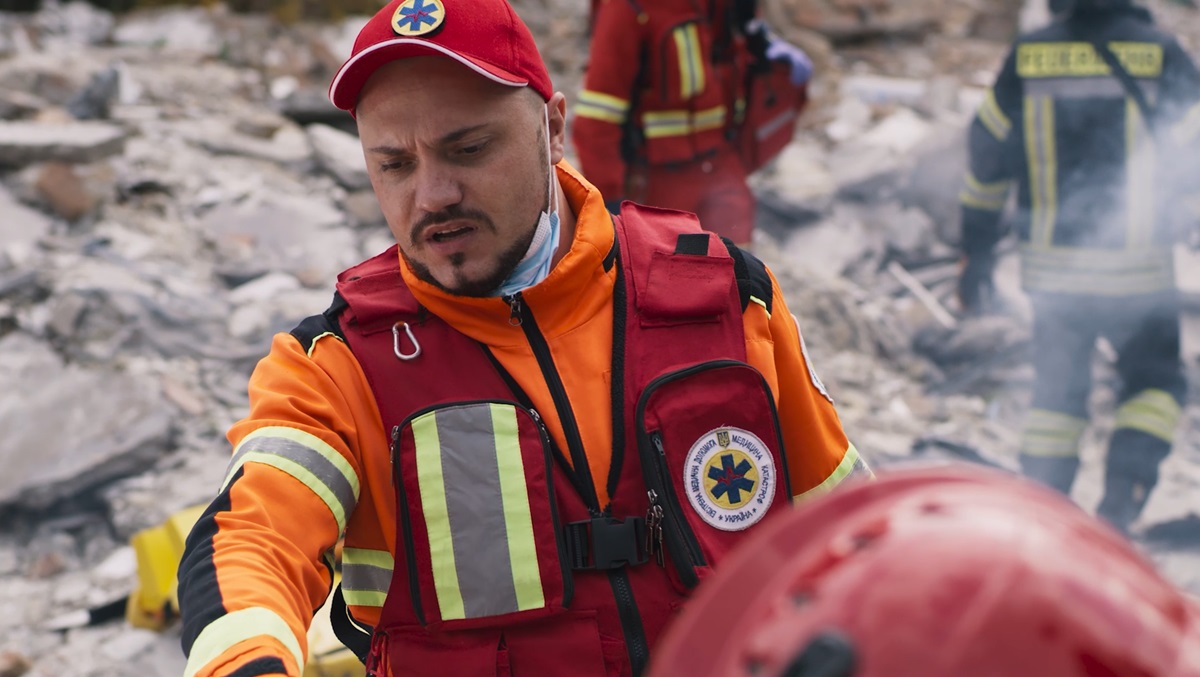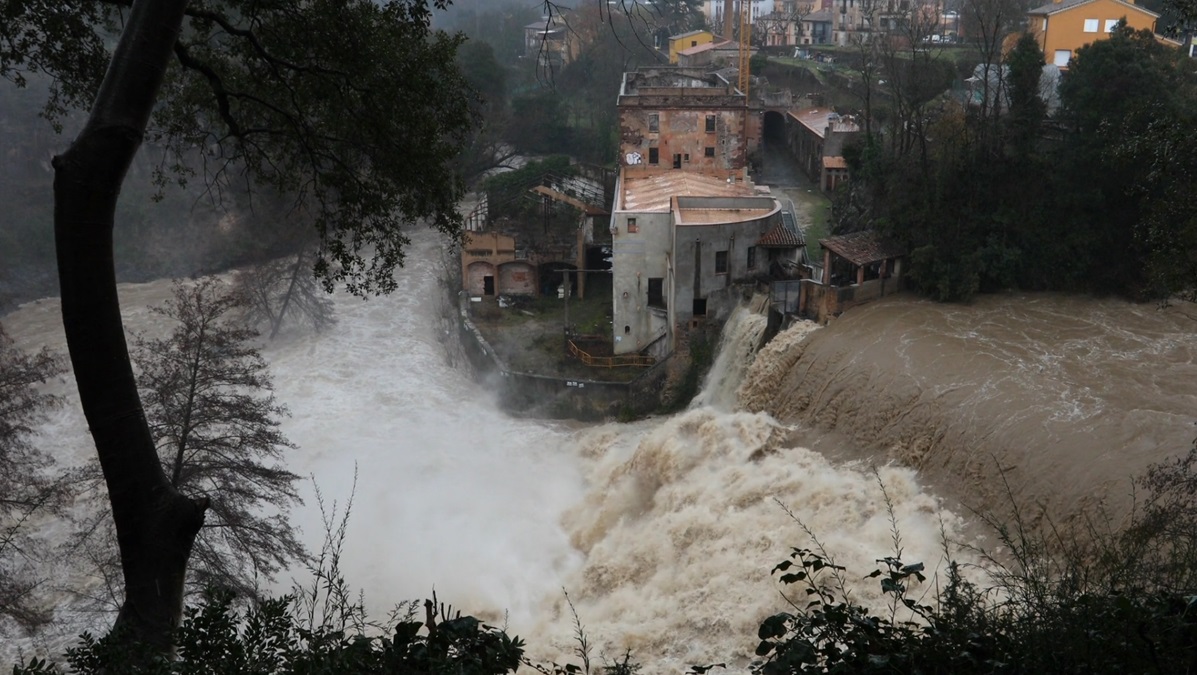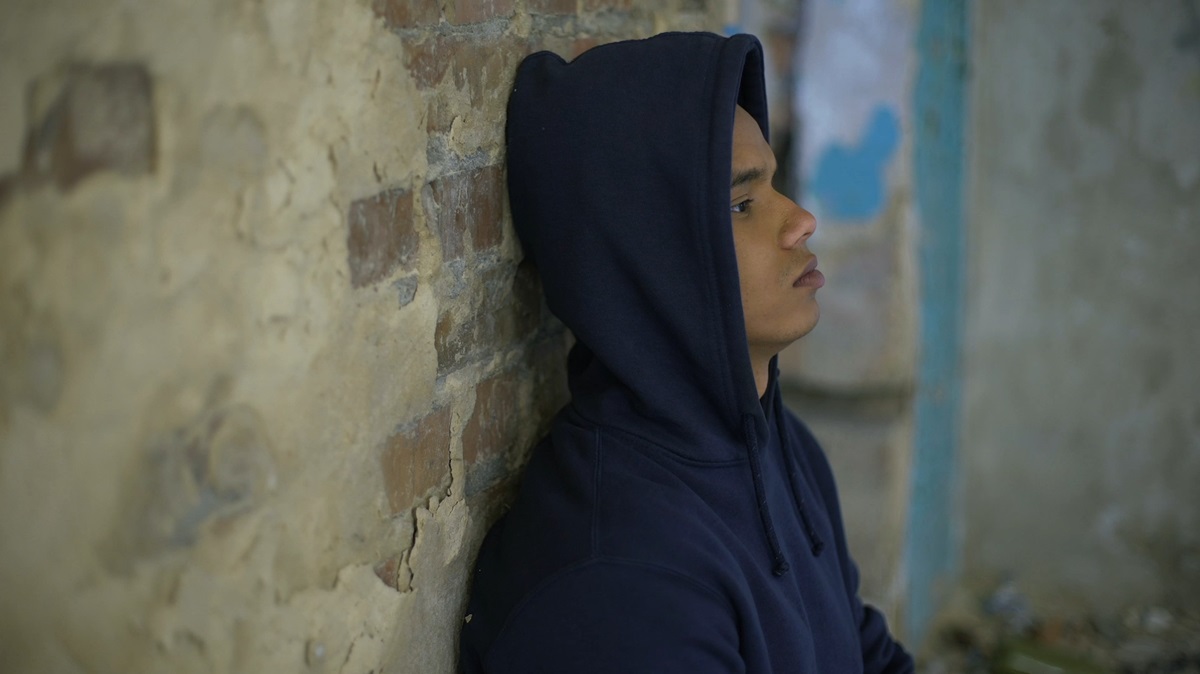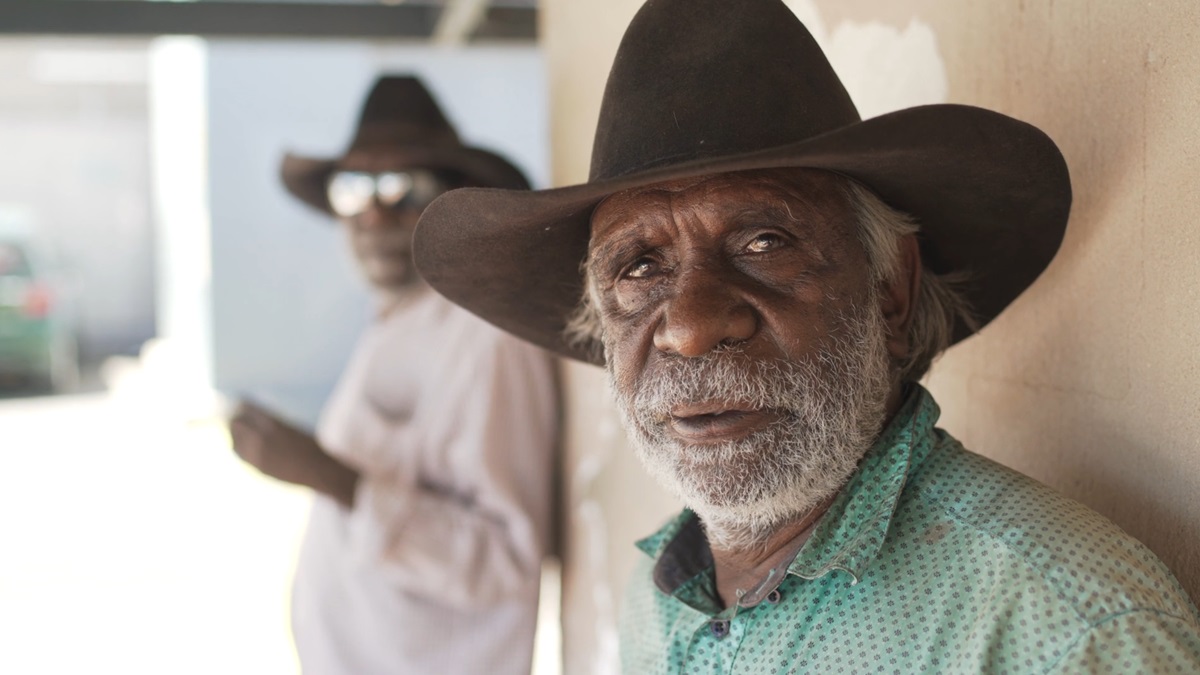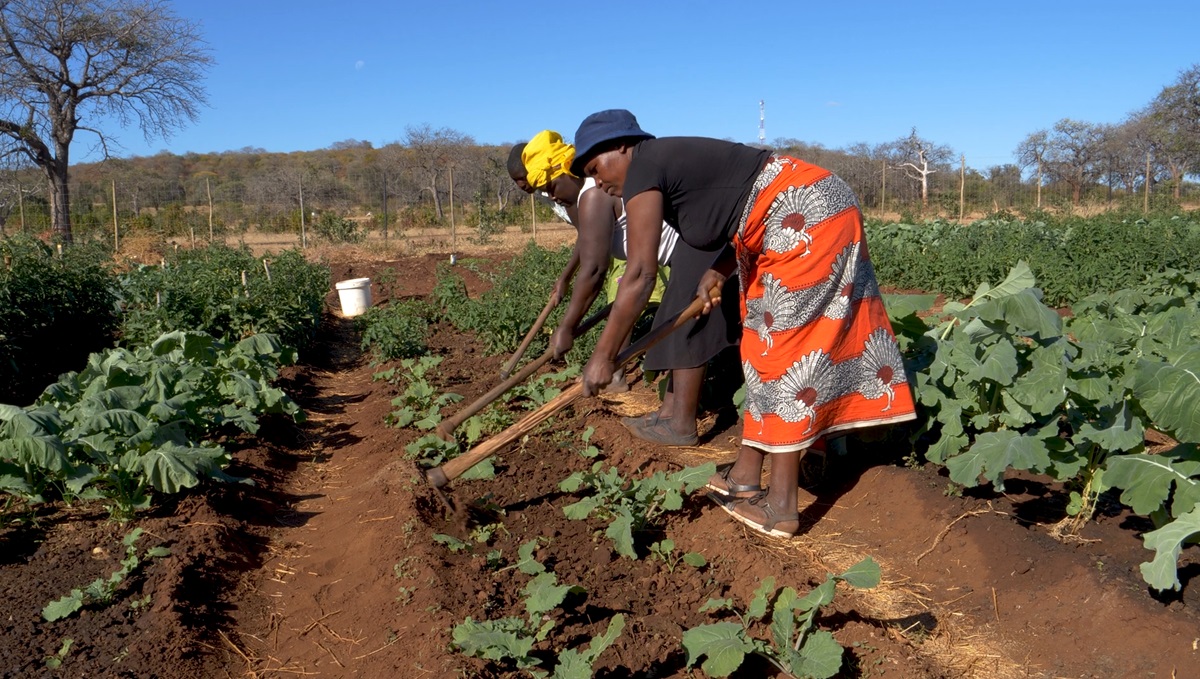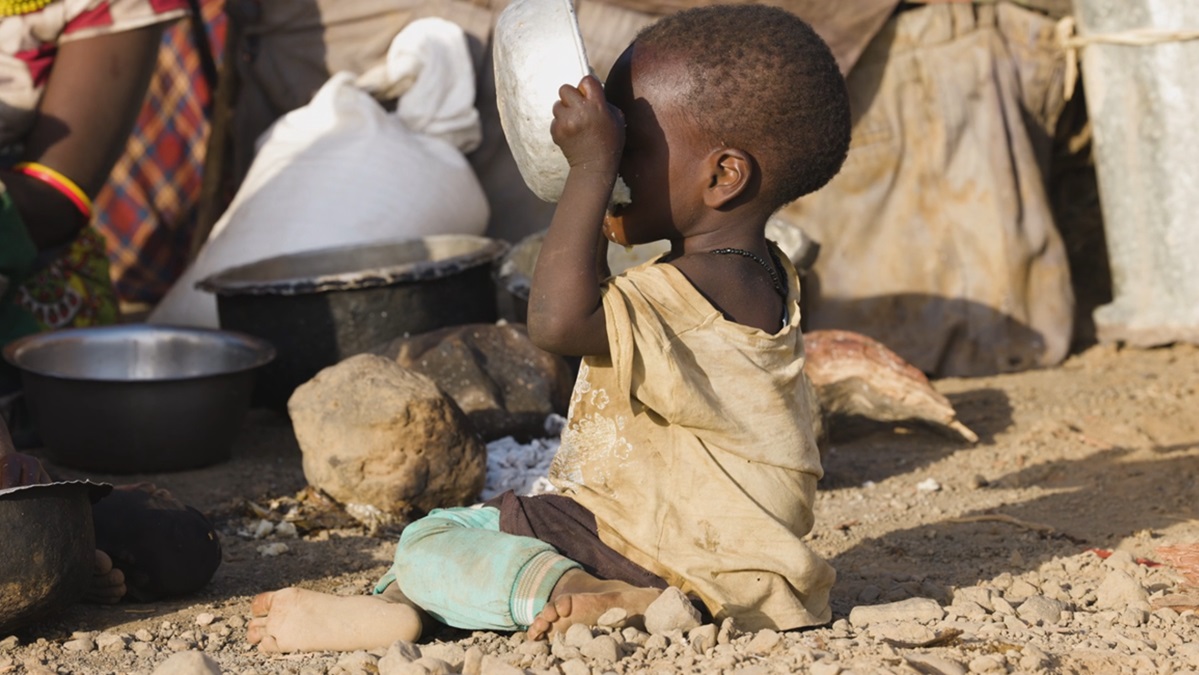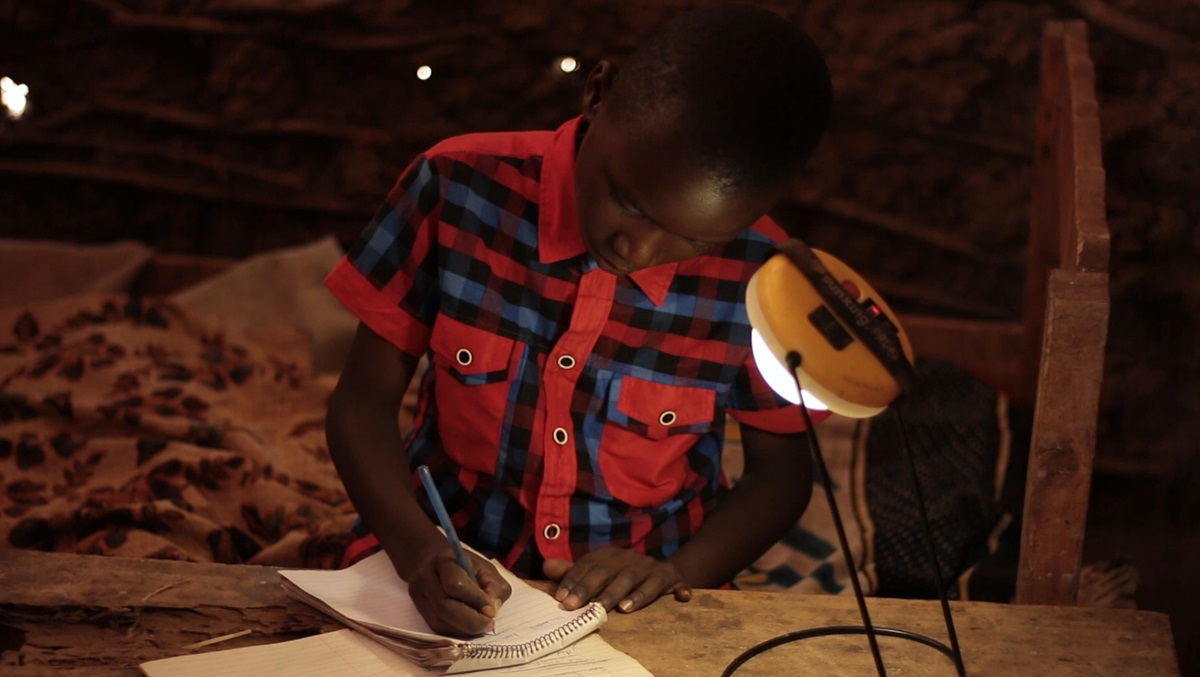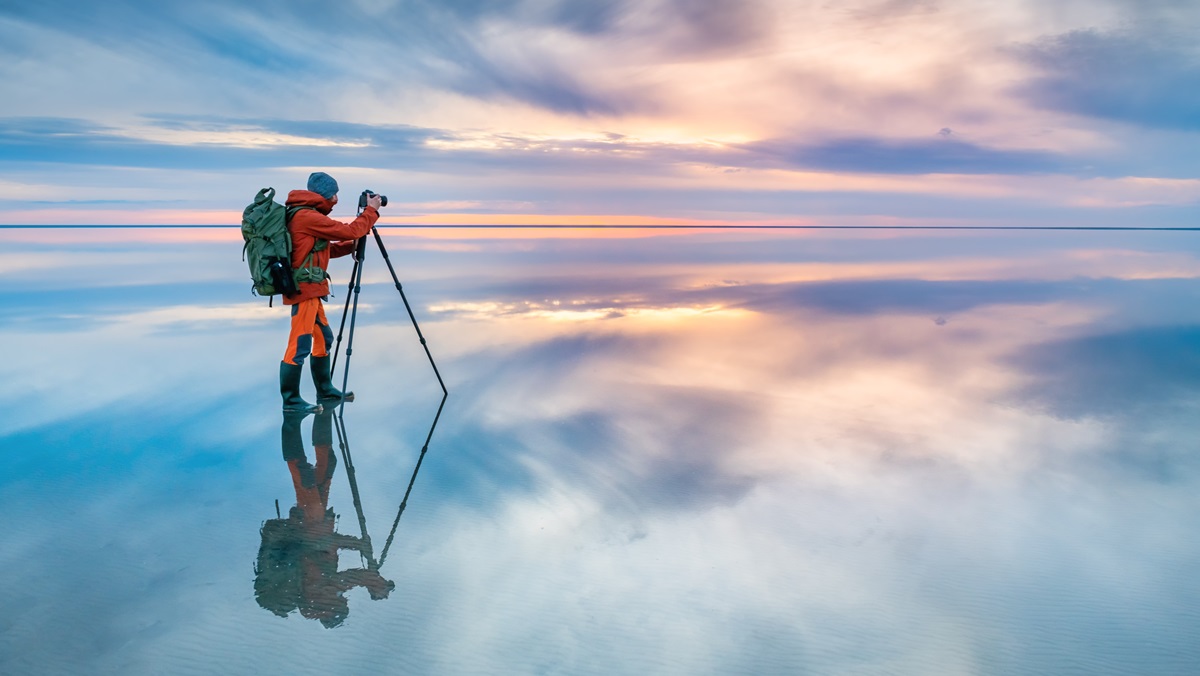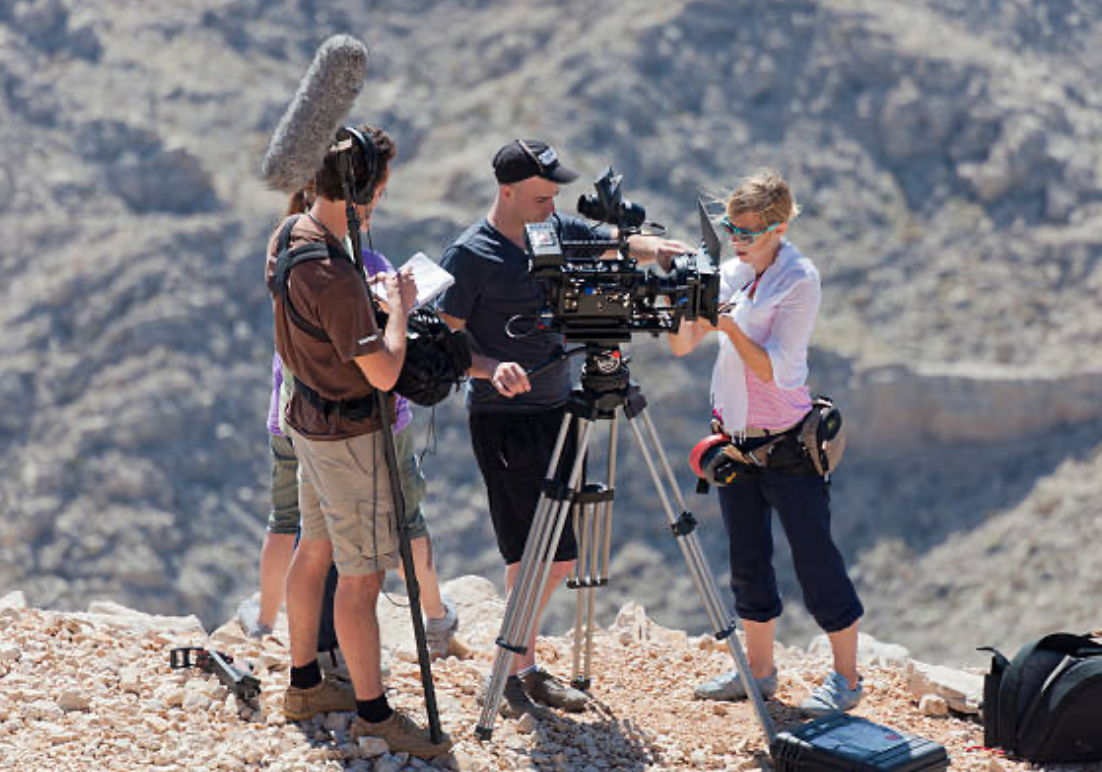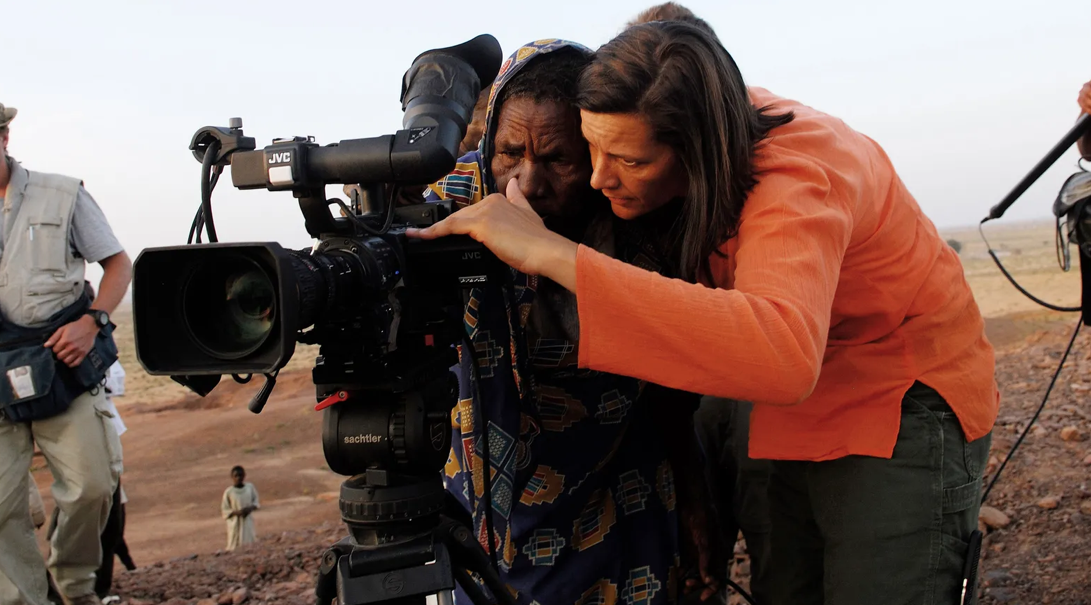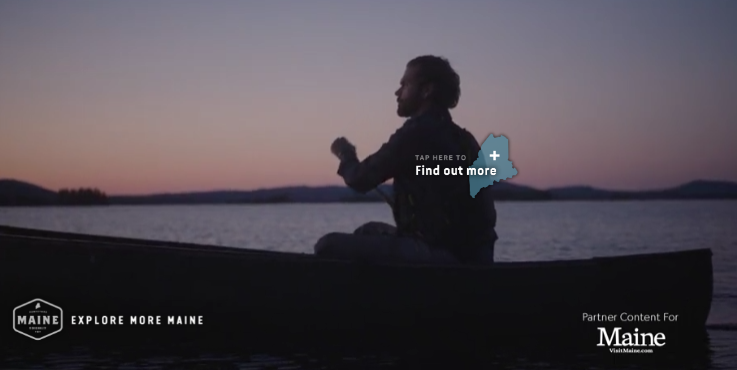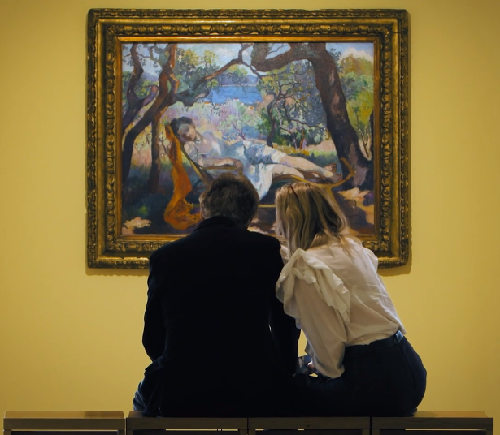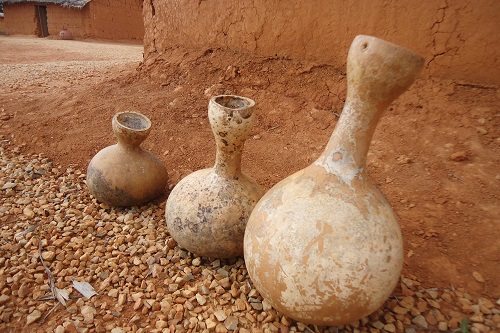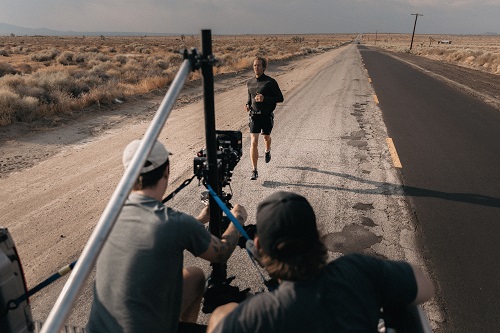Documentary and Report Photography
If you have a campaign to run on humanitarian issues, nature conservation, health, science, what have you; if you need to document the constrution of a building or the evolution of a project, documentary photography is what you will need, as well as documentary video, most likely. The two often go together, and our photograhers are also very capable videographers used to wearing two hats on missions.
This webpage is dedicated to bringing you samples of our work in documentary photography and to provide you with useful information about this specific type of photography. It requires certain special skills and equipment, as well as, ideally, lots of experience in the field and abroad, which our photographers do have.
More on Documentary Photography
At Home and Far Afield
Documentary photography – when you hear or read these words, images of lions chasing gazelles in the Serengeti, or scientists clambering into caves come to mind, don’t they? For many of us National Geographic and the Discovery Channel and the likes have shaped our vision of what documentaries are all about. And, indeed, these are stories that would simply fall flat without documentary photography. What’s a shark documentary without photos and footage of all those serrated teeth searing their way into your subconscious?
But as you are no doubt well aware, the documentary is also a genre that covers a whole lot more than big game and kooky scientists. Amazing documentaries have been produced about children in slums, the drug trade, coffee and pretty much any subject in between. What all these documentaries have in common, however, is that they were either based on video or photos and text.
At Fullframe Creative we’re fond of both styles, and we have produced both styles for our clients. Clearly, a photo documentary is much less invovled than a video piece, which generally requires a lot more logistics and preparation. That said, documentary photography also benefits from good planning. Below we’ll lay out some of the best practices we’ve picked up over the years. Read on to take in these tips and for proof of our experience in this type of production.
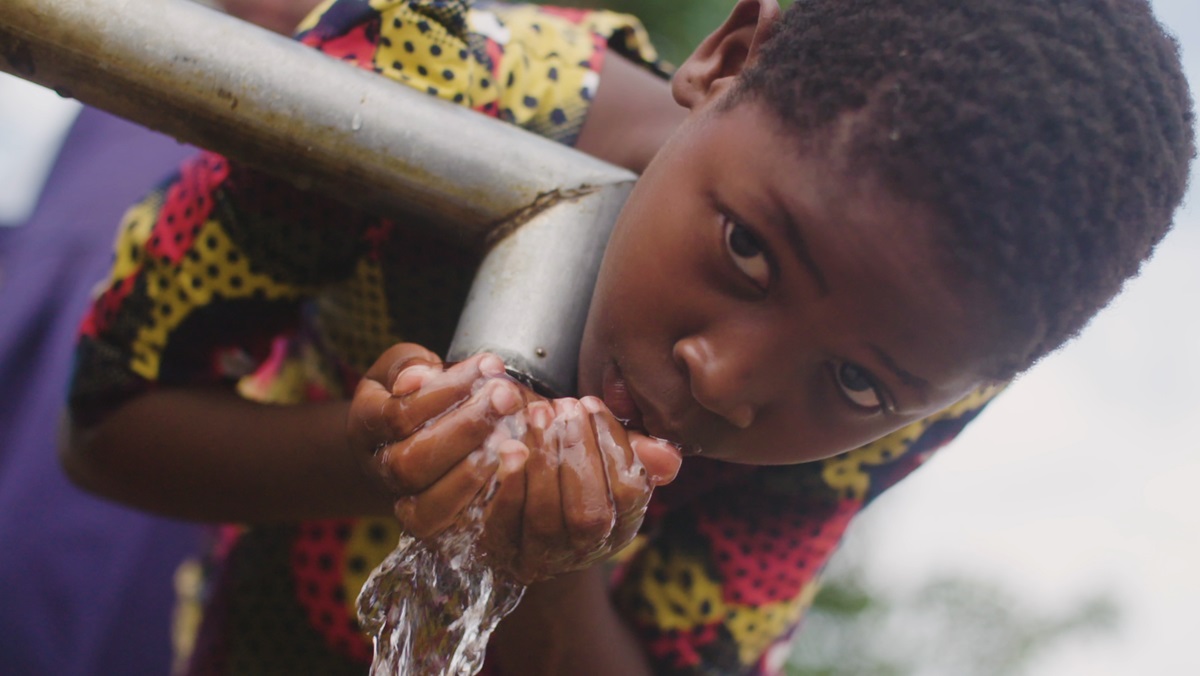
Professional Documentary Photography
As with just about anything, the first time you do it, you learn how you should have done it, and you try to apply that to the next time around…except that, the next time around, circumstances aren’t quite the same and you make a new slew of mistakes that you jot down for the next time, and so on. That’s why experience counts so much. This is particularly true of endeavours like photo documentaries, so here we go:
Having a Plan
There is a lot of spontanaety inherent to shooting a photo documentary, but too much of it will play against you and cause a lot of undue stress. If possible, and it almost always is, it’s a very good idea to plan and prepare as much as possible. This means anything from checking schedules to logistics, like road conditions, weather, risk factors and anything that could throw a wrench in the works once you set off with your camera.

Obviously it’s also critical to jot down, and agree with a client, on a shotlist, once you have established your brief, which must include what target audience you are aiming for, the subjects to cover, what, if already known, message you want to convey, and so on. What to pack and such things are clearly very case-specific, but do keep this in mind: if you need versatility, you’ll need to be carrying a fair amount of heavy kit, and if it’s going to be minus 30 degrees outside, your batteries will die in a jiffy. These are all the sorts of considerations you need to have taken into account to bring back great photos.
Equipment for Documentary Photography
Documentary photography will most often require great versatility, because one day you may be in situations where you can’t capture the shots you need without a huge zoom lens. And the next you’ll need a macro lens. Then a wide angle, flash, what have you. Clearly you need to anticipate and make sure you have the whole range of kit you might need, but you must also consider how to balance that with the physical (and other) imperatives of the mission. Can you carry it all? Will a lot of equipment impede your ability to move around quickly and obtain the shots you need? Can you afford an assistant to help you lug around what you might need? These are all important questions to consider, but as you do, bear this in mind first and foremost: equipment will not make the difference, your eye, speed and flair will.
Eyes, Speed and Flair in Documentary Photography
These are the three pillars of professional documentary photography. You need a good eye to spot what angle, what moment, what subject will most likely deliver the greatest shot in any given circumstances. This, in turn, depends on flair: an innate sense of what will deliver, nevermind the why. For this point you just need to go on instinct, and therefore hope that you have it, although this is a skill that does develop over time. Again, experience is key. Once you’ve been in a few situations and tried to capture them compellingly on camera, you start to develop a sense of what works and what doesn’t. Then, it becomes a question of speed: how fast can you aim and shoot? This raises the eternal issue of automatic or not on the camera. If you know you just won’t have time to adjust aperture, shutterspeed, ISO, you’re better off getting the shot and hoping for the best. Otherwise you may get all the technical parameters right, only to find that the golden moment has come and gone.
The Ingredients for Professional Documentary Photography
All documentary photography should represent the subject as faithfully as possible, but good documentary photography will describe subjects through the photographer’s lens with a sharp, critical eye, having an important story to convey through intentional imagery.
To achieve the perfect documentary-style images, here are some fundamentals to consider: interact with people before shooting. Interacting with subjects before shooting is always the best way to achieve optimal results in documentary photography. This doesn’t mean you have to interview them; simply approaching them and talking to them in advance will help you establish a relationship and create powerful shots.
Spending several days in your subjects’ living space or workplace will provide a better understanding of their situation and/or culture. This allows you to better understand their environment and capture the desired subject.
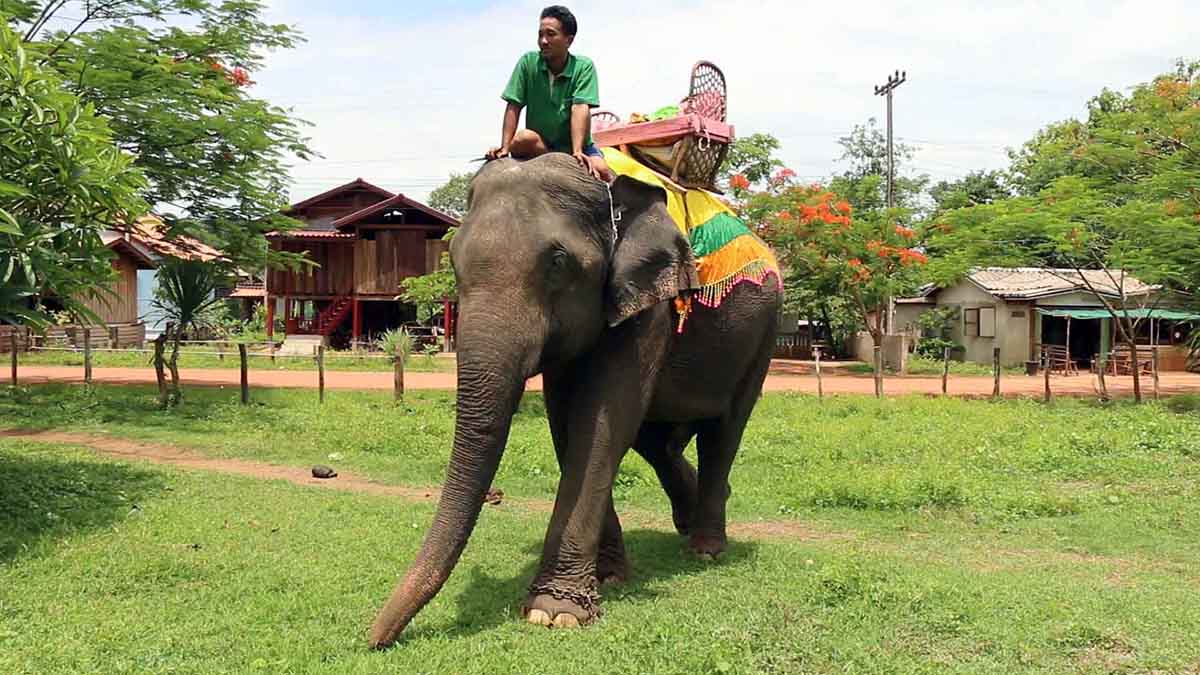
Capturing the essence
Authentic, captivating photos can only come about when scenes are captured in a natural way. To achieve this, you need to approach each shot with an open mind, ready to anticipate moments, and keep your camera close at hand at all times. It’s about bringing context to each moment without staging, rather than taking creative control of scenes.
It’s All in the Details
To capture the details that best accompany your story and your lens, shoot your subjects in the range that suits them best, and capture the details that characterize them. To evoke emotions in the viewer, a close-up photograph of a person’s face, wrinkles and lines can be used. A wider lens or a closer shot may be needed to capture a person’s behavior in a specific context.
The Right Device for the Right Style
While any camera can capture documentary-style images, it’s important to consider the scope of your project and to put together a camera and lens kit that will give you the look you want. This will enable you to shoot from different angles and perspectives. Make sure you know how to adjust shutter speed, exposure and ISO sensitivity to suit the movement and/or lighting of the scene.
The Key to Documentary Photography
Documentary photography has long been a creative art form and a means of raising public awareness of important issues. So, rather than achieving a product or aesthetic goal, its most important aspect is telling stories with intention and empathy. Documentary photographers help raise awareness of people, animals and environmental issues by capturing natural events and giving them a voice and a place. These images should challenge viewers and, at the very least, inspire them to make a difference. If you want to work in documentary photography, you first need to identify the causes, people and situations that interest you most. What causes are you most passionate about? What story or event do you think deserves more attention or action? This should help you decide what to study.
Spark up your Image!
Stand out for all the right reasons.
We help you communicate in a clear, creative and comprehensive manner. Make your message memorable…
